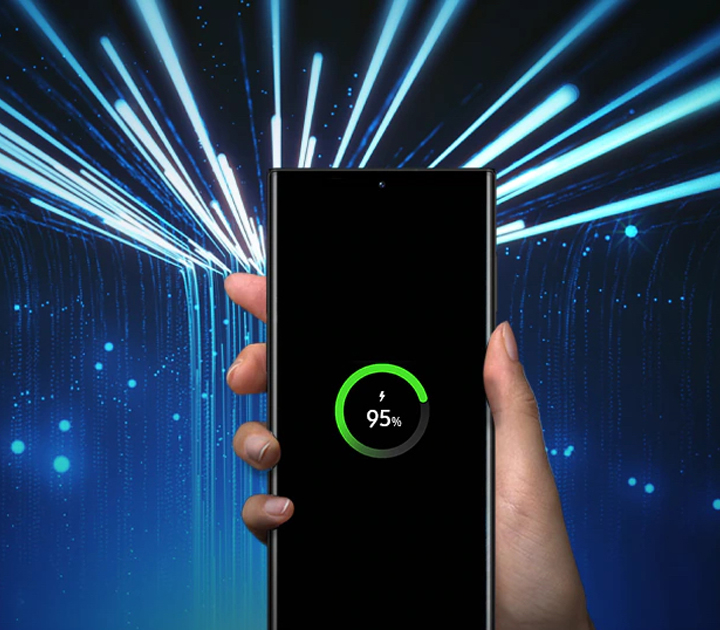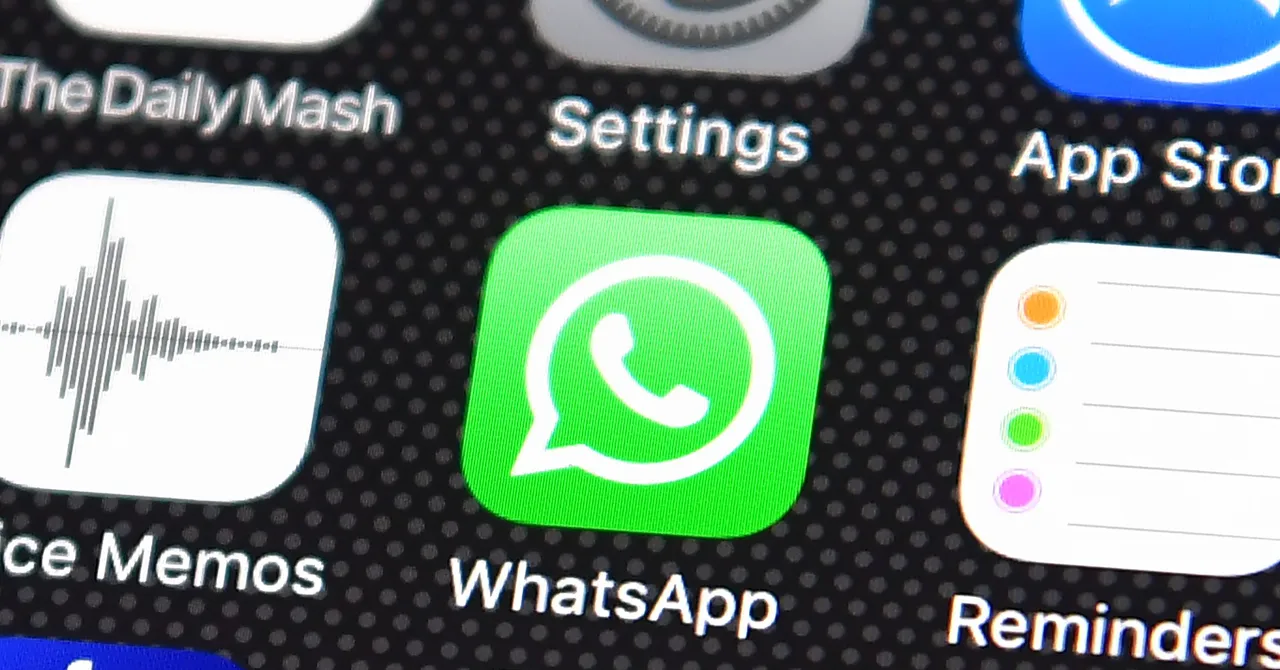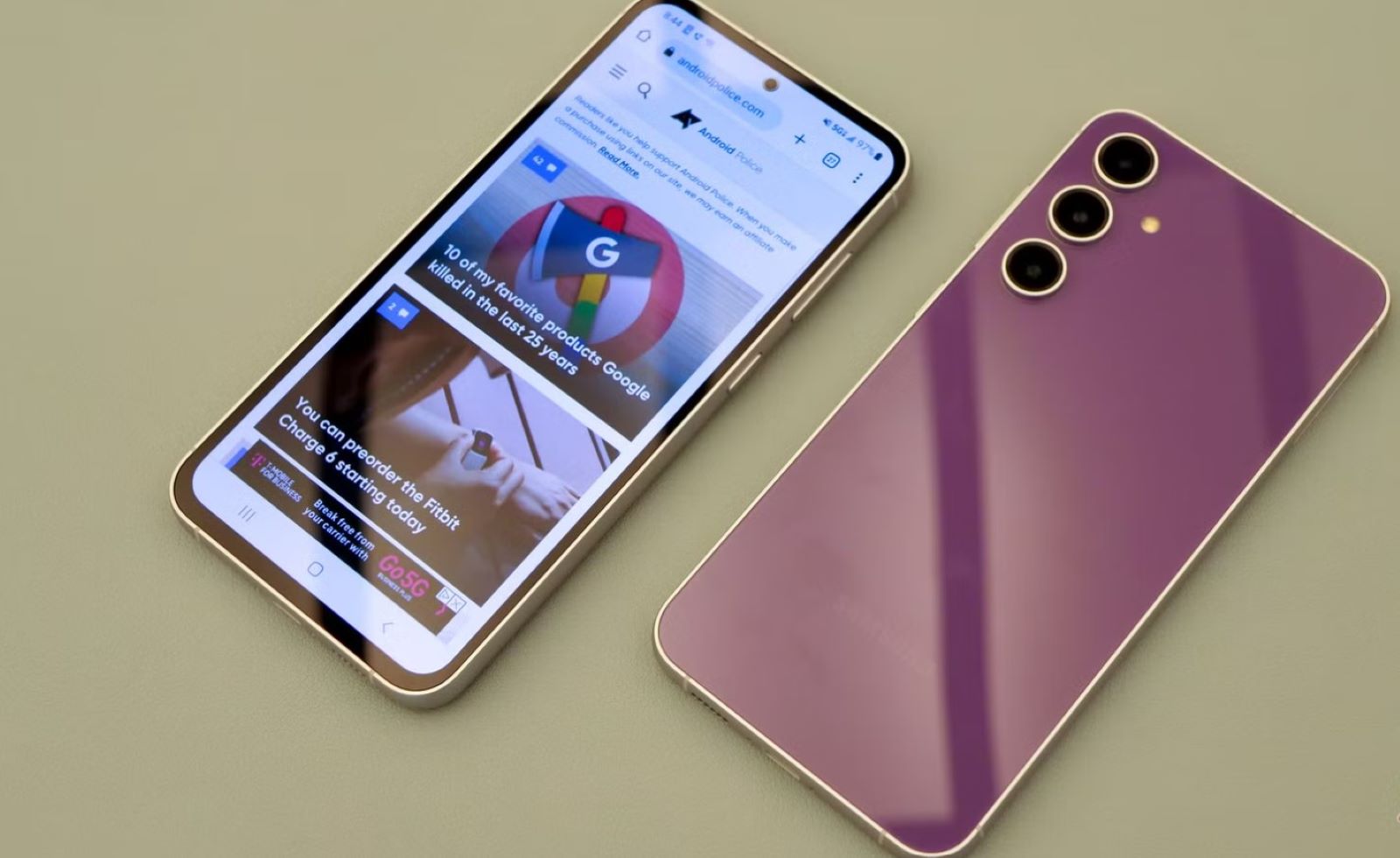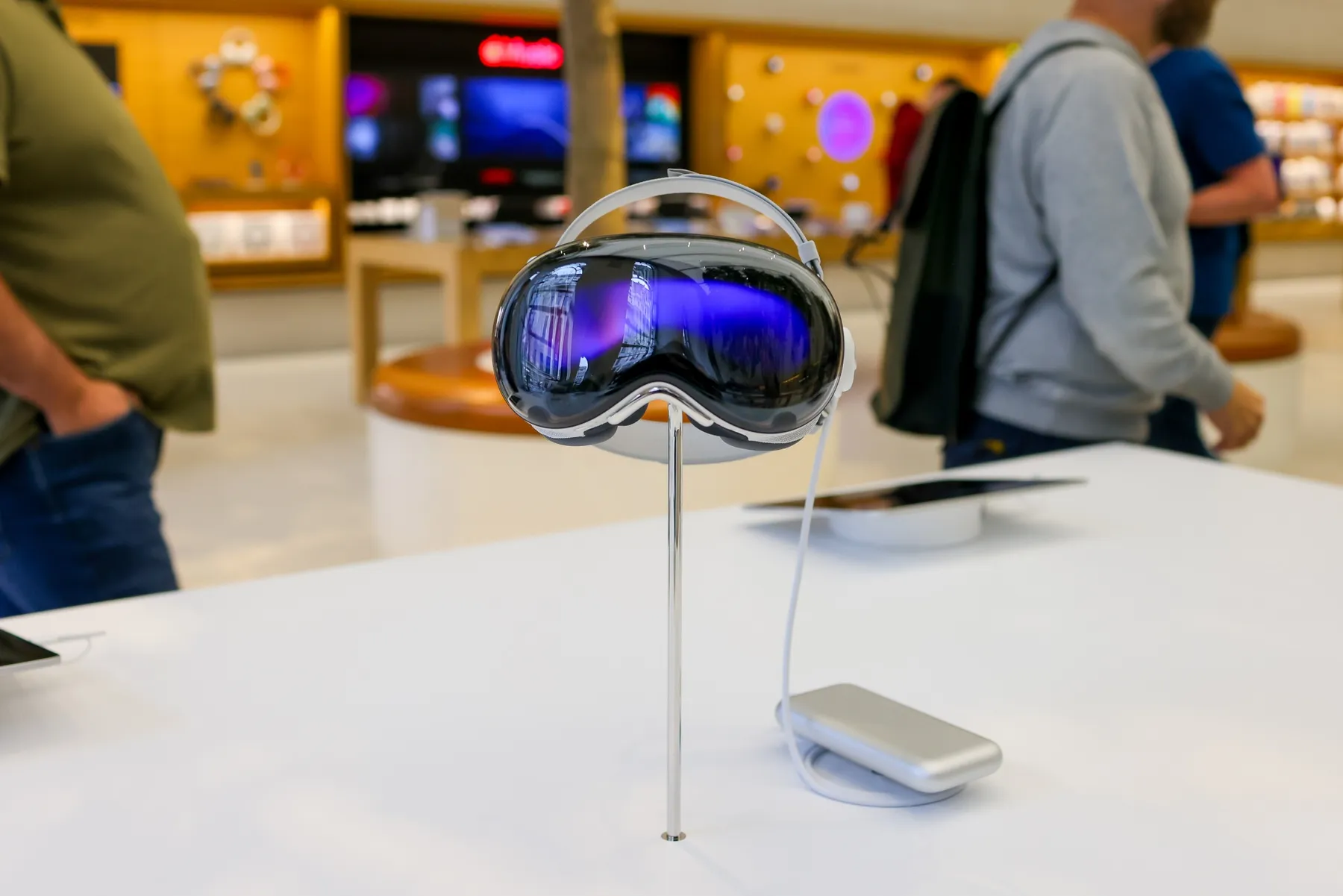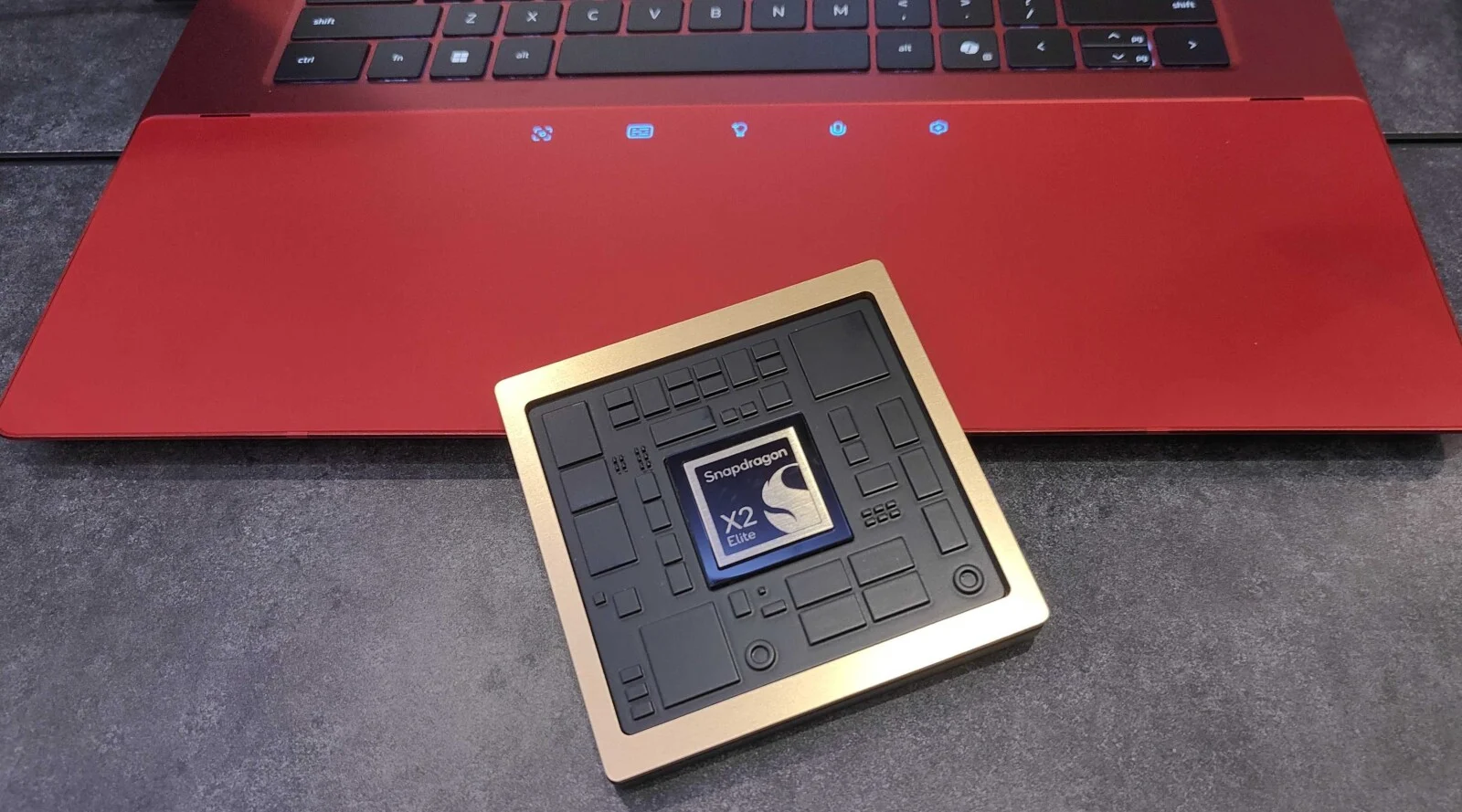Modern smartphones, including Samsung Galaxy devices, are packed with powerful processors, vibrant displays, and a multitude of features that constantly draw power. Over time, even the best batteries naturally degrade, leading to reduced endurance. However, before resorting to a battery replacement, there are numerous effective strategies you can employ using your Samsung Galaxy’s built-in tools and settings to significantly extend its daily usage.
Samsung’s One UI (their custom Android skin) integrates sophisticated battery management features designed to help you optimize performance and longevity. These tools empower you to understand your battery usage, identify power-hungry apps, and apply various settings to conserve energy without needing third-party apps or technical expertise.
This guide will walk you through these essential built-in optimization methods, helping you squeeze every last drop of power from your Samsung Galaxy.
Method 1: Utilizing Device Care for Overall Optimization
The Device Care section in your Samsung Galaxy settings is your central hub for maintaining your phone’s health, including battery optimization. It performs a quick diagnostic scan and offers one-tap solutions.
- Access Device Care:
- Go to your phone’s Settings app.
- Scroll down and tap on “Battery and device care.”
- Perform a Quick Optimization:
- On the “Battery and device care” screen, you’ll see a general overview of your phone’s status.
- Tap “Optimize now.” This action automatically closes background apps, clears temporary files, and optimizes other settings to improve performance and battery life. It’s like a quick health check for your phone.
- Set Up Auto Optimization (Automation):
- For ongoing maintenance, you can schedule automatic optimization.
- From the “Battery and device care” screen, tap the three-dot menu (or “More options”) in the top right corner.
- Tap “Automation.”
- Select “Auto optimize daily” (or similar wording depending on your One UI version).
- Choose a time when you’re not typically using your phone (e.g., overnight) for the optimization to run automatically. You can also toggle “Close apps to free up memory” for a more aggressive optimization.
Method 2: Deep Dive into Battery Settings and App Management
The “Battery” section within Device Care offers granular control over how apps consume power. This is where you can identify culprits and restrict their background activity.
- Access Battery Settings:
- From “Battery and device care,” tap on “Battery.”
- Here, you’ll see your battery usage graph and an estimated remaining battery life.
- Analyze Battery Usage by App:
- Scroll down to see “Usage by apps” (or “App usage”).
- This list shows you which apps have consumed the most battery since the last full charge. Look for apps with unexpectedly high usage, especially if you haven’t been actively using them. These are often the biggest drainers.
- Manage Background Usage Limits:
- Tap on “Background usage limits.” This crucial feature allows you to control what apps do when you’re not actively using them.
- “Put unused apps to sleep”: Toggle this on. SmartThings will automatically put apps that haven’t been used for a while into a “sleeping” state, restricting their background activity.
- “Sleeping apps”: Apps in this category run in the background but may not receive updates or send notifications until you open them. You can manually add or remove apps from this list.
- “Deep sleeping apps”: These apps will never run in the background. They will only work when you open them. This is ideal for apps you use infrequently but don’t want to uninstall. Be cautious with messaging apps or apps that need to send timely notifications, as deep sleeping them will delay alerts.
- “Never sleeping apps”: This list is for apps you want to ensure always run in the background without any restrictions (e.g., messaging apps, email, navigation). Add apps here sparingly.
- Enable Adaptive Battery:
- From the “Battery” screen, tap “More battery settings.”
- Toggle on “Adaptive battery.” This feature uses machine learning to analyze your usage patterns over time. It intelligently prioritizes battery power for apps you use most frequently and restricts background activity for less-used apps, optimizing power consumption based on your habits. It learns over time, so give it a few days to show its full effect.
Method 3: Activating Power Saving Modes
Samsung Galaxy phones offer various Power Saving modes to quickly extend battery life when you’re running low or want to maximize endurance.
- Access Power Saving Mode:
- From the “Battery” screen (within “Battery and device care”), toggle on “Power saving mode.”
- Alternatively, you can often find a quick toggle in your Quick Panel (swipe down from the top of the screen). Long-press the “Power saving” icon to jump to its settings.
- Customize Power Saving Options:
- Tapping on the “Power saving mode” text (not just the toggle) will open customization options. These may vary slightly by device model and One UI version but commonly include:
- Turn off Always On Display: A significant battery saver on AMOLED screens.
- Limit CPU speed to 70%: Reduces processing power, which saves battery but may slightly impact performance for demanding tasks.
- Decrease brightness by X%: Automatically lowers screen brightness.
- Limit apps and Home screen: Restricts available apps and simplifies the home screen (an extreme measure for maximum battery life).
- Turn off 5G: Disabling 5G and switching to LTE/4G can save considerable battery, especially in areas with weak 5G coverage.
- Tapping on the “Power saving mode” text (not just the toggle) will open customization options. These may vary slightly by device model and One UI version but commonly include:
- Adaptive Power Saving (If Available):
- Some models offer “Adaptive power saving” within “More battery settings.” When enabled, your phone will automatically turn on power saving mode based on your usage patterns and remaining battery level.
Method 4: Optimizing Display Settings
Your screen is often the biggest battery consumer. Adjusting display settings can yield significant power savings.
- Lower Brightness:
- Manual Adjustment: Swipe down from the top of the screen to open the Quick Panel and manually drag the brightness slider down.
- Adaptive Brightness: Go to Settings > Display > toggle on “Adaptive brightness.” This automatically adjusts screen brightness based on ambient light, often saving power compared to a consistently high manual setting.
- Shorten Screen Timeout:
- Go to Settings > Display > “Screen timeout.”
- Set it to a shorter duration (e.g., 15 or 30 seconds). The quicker your screen turns off when inactive, the more battery you save.
- Enable Dark Mode (for AMOLED screens):
- If your Samsung Galaxy has an AMOLED (or Dynamic AMOLED, Super AMOLED) display, Dark Mode can significantly save battery. AMOLED screens produce black by turning off individual pixels, so dark themes use less power.
- Go to Settings > Display > “Dark mode” (or “Night mode” on older versions). You can schedule it or keep it on all the time.
- Adjust Screen Resolution:
- Higher resolutions consume more power. If your phone supports it, you can lower the resolution.
- Go to Settings > Display > “Screen resolution.” Try setting it to FHD+ (1080p) instead of WQHD+ (1440p) if your device allows. You might not notice a significant visual difference for everyday tasks, but your battery will.
- Disable Always On Display (AOD):
- While convenient, Always On Display constantly uses power.
- Go to Settings > Lock screen > “Always On Display.” You can turn it off completely or set it to “Tap to show” or schedule it.
Method 5: Managing Connectivity and Other Features
Many background processes and connectivity features can silently drain your battery.
- Turn Off Unused Connectivity:
- Wi-Fi, Bluetooth, GPS/Location: Keep these off when not in use. Swipe down the Quick Panel for easy toggles.
- Location services: For more fine-grained control, go to Settings > Location. You can see which apps recently used your location and review their permissions.
- NFC: Turn off NFC (Near Field Communication) when you’re not using mobile payments or device pairing.
- Disable Unnecessary Notifications:
- Excessive notifications keep your screen waking up and your phone actively processing.
- Go to Settings > Notifications > “App notifications.” Review apps and disable notifications for those you don’t need immediate alerts from.
- Limit Live Wallpapers and Widgets:
- Live wallpapers consume more power than static images.
- Widgets that constantly update (e.g., weather, news) also draw power. Use them sparingly or choose less data-intensive ones.
- Review Sync Settings:
- Accounts like Google, email, and social media often sync data in the background.
- Go to Settings > Accounts and backup > “Manage accounts.” Tap on individual accounts and adjust “Sync account” settings for apps you don’t need constant updates from.
Conclusion
Extending your Samsung Galaxy’s battery life doesn’t require complex procedures or external apps. By consistently utilizing the powerful built-in tools found within Device Care, tweaking display settings, and mindfully managing your app usage and connectivity, you can significantly boost your phone’s endurance. Remember that battery health is also crucial; avoiding extreme temperatures and shallow charges (keeping it between 20-80%) can help prolong its overall lifespan. Implementing these tips will empower you to enjoy your Galaxy device for longer between charges.
FAQ Section
Q1: What is “Adaptive Battery” and how does it help save battery life?
Adaptive Battery is a Samsung Galaxy feature that uses machine learning to observe your app usage patterns. It learns which apps you use frequently and which you rarely use. Based on this, it intelligently prioritizes battery power for your most used apps and restricts background activity for less-used ones, optimizing power consumption over time without you needing to manually manage every app.
Q2: Is it better to use “Power saving mode” constantly or only when the battery is low?
It’s generally best to use Power saving mode when your battery is low, or if you know you’ll be away from a charger for an extended period. While it saves battery, it does so by limiting performance, brightness, and background activities. Using it constantly might slightly degrade your user experience. However, if extended battery life is your top priority, keeping it enabled is an option.
Q3: Does “Dark Mode” really save battery on Samsung Galaxy phones?
Yes, Dark Mode significantly saves battery on Samsung Galaxy phones that feature AMOLED displays. AMOLED screens work by illuminating individual pixels. When a pixel displays black, it’s actually turned off, consuming no power. Therefore, displaying more black (dark mode) means more pixels are off, leading to substantial battery savings compared to a white background.
Q4: How can I identify which apps are draining my battery the most?
You can easily identify battery-draining apps by going to Settings > “Battery and device care” > “Battery” > “Usage by apps” (or “App usage”). This list shows you the battery consumption of each app since the last full charge, helping you pinpoint the biggest culprits for background restrictions or uninstallation.
Q5: Should I regularly close all my apps from the recent apps screen to save battery?
While it might seem intuitive, constantly closing all apps from your recent apps screen is generally not recommended for battery saving and can sometimes even reduce battery life. Android’s system is designed to efficiently manage background apps. Frequently closing and reopening apps forces them to restart from scratch, which uses more processing power and battery than letting them remain in a suspended state in memory, ready to be quickly resumed. Focus instead on using features like “Sleeping apps” or “Deep sleeping apps” within Device Care for true background app management.
